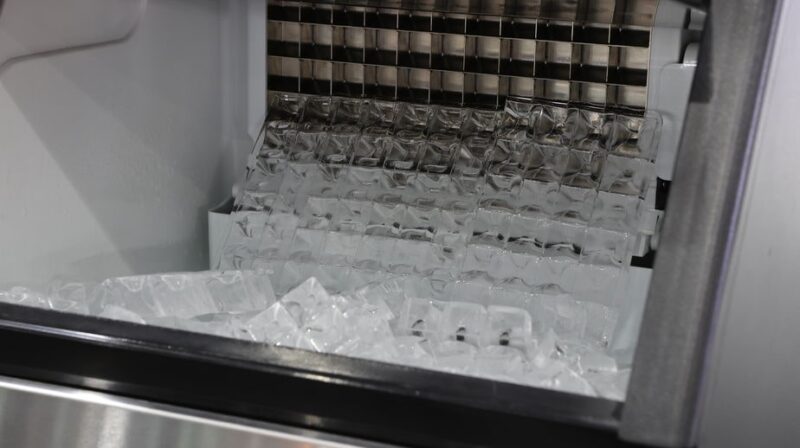Would you be willing to drink water taken from a toilet bowl? If you ask anyone, the answer is likely to be no. But did you know that the ice that goes in our beverage at bars and restaurants could possibly contain the same or even higher levels of bacteria than water taken from the toilet?
This is not merely alarmist. As several global news stories have shown us, there are cases of edible ice contamination happening all around the world, and more often than we thought.
Ice Contaminations Cases Around the World
In the US in 2013, an outbreak of norovirus caused by dirty ice at a golf course in Phoenix sickened 80 people. In 2018, a reporter who looked at restaurant report cards in North Carolina every week saw “dirty ice machines” often cited in the public reports.
Meanwhile, in China in 2013, ice cubes at fast-food chains were found to be riddled with 13 times more bacteria than toilet water. And in Hong Kong in 2017, edible ice samples collected under the routine Food Surveillance Programme of the Centre for Food Safety (CFS) were found to contain excessive coliform bacteria, organisms that are present in the environment and in the feces of all warm-blooded animals and humans.
You may think European countries probably apply striker regulations and prevention toward food safety. However, studies done in Europe have shown dirty ice cases as well. In 2017, an undercover study by the BBC investigated iced beverages in the U.K. and found that out of 30 samples taken from three different fast-food restaurants, more than half were contaminated with fecal coliform bacteria. In 2013, a newspaper did an experiment that collected ice from ten well-known fast-food chains and announced that in six out of ten locations, those ice cubes “contained higher levels of bacteria than the water samples taken from toilet bowls at the same establishments”.

How To Ensure The Safety of Edible Ice
Most people don’t give a second thought when they use ice. But those real-life cases above reveal the potential harms of dirty ice to our health and even to the public health system. It’s a little-known fact that ice machines that produce the ice we drink could potentially be a home for all manner of harmful bacteria, viruses, mold, and other microorganisms.
Ice should always be manufactured and handled with the same strict standards that we use to treat the rest of our food. Since more and more research has shown the importance of edible ice safety following numerous cases of edible ice contamination happening in the world, governments have made regulations for ice manufacturing and handling to make sure that edible ice must be produced, stored, and transported in clean and sanitary conditions. Ice manufacturers and food and beverage businesses such as restaurants, hotels, and bars, must monitor the cleanliness and hygiene of employees, use properly cleaned and maintained equipment, and use water that is safe and sanitary.
In addition to the above precautions, ozone is a powerful solution to help prevent bacteria from getting into ice that you or your customers consume.
The Magic of Ozone
Ozonated water, which is usually produced by electrolytic ozone generators (E.O.G), is one of the strongest disinfectants known to mankind. It is an effective and fast disinfectant. Compared to general chlorine-based disinfectants, ozone disinfection speed is 3,000 times faster and 50 times stronger. Ozone water is also one of the safest disinfectants. It’s 100 percent natural, which makes it perfectly safe for human beings as well as for the environment in the right amounts.
When it comes to ice and drinking water, the CDC has proclaimed that ozone is a safe and effective sanitation method, protecting against even some of the most resistant microorganisms.
Electrolytic ozone treatment works by combining electricity with water through an electrolytic ozone generator (E.O.G). It’s considered a safe and effective disinfectant alternative to chemicals for food safety applications. Including decontamination of water and sanitization of kitchen equipment, ozone is also very effective in eliminating biological matter in the water like bacteria or viruses, killing them instantly.
After filtration, the water goes through electrolysis and the chemical ionization is finished. This helps remove any particulate matter that was created in the process. The final water supply is then completely free of impurities.
Related Articles
How Ozonated Water Works?
Ozonated Water vs UV Light Sanitation: Which is the Best Chemical-Free Sanitation?
Is Ozone Harmful to Humans?
Food Safety and Ozone: How Ozone is Becoming the Industry Standard?


